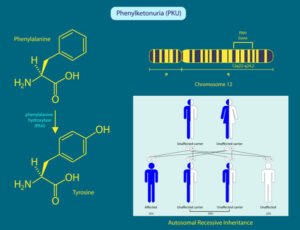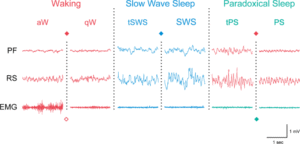Pain Threshold and Tolerance in Fibromyalgia and CFS
Understanding Pain Thresholds and Tolerance in Fibromyalgia and Chronic Fatigue Syndrome (CFS)
Read Time: 4 mins
Pain Threshold and Tolerance in Fibromyalgia and CFS
Both fibromyalgia and chronic fatigue syndrome (CFS) are associated with abnormally low pain thresholds. Your pain threshold is the point at which a sensation becomes uncomfortable. This differs from pain tolerance, which refers to how much pain you can endure before breaking down emotionally or physically.
To better understand this, consider the example of a dentist drilling into your teeth. The sensation doesn’t hurt… until it crosses the threshold of discomfort. It’s a personal experience, varying from one individual to another.
How Sensory Stress Affects People with Fibromyalgia and CFS
A good example of how sensory stress affects people is the experience of a blood pressure cuff. Initially, the pressure is light. However, as it inflates, it becomes more uncomfortable. For those with a high pain threshold, the discomfort may never reach a painful level, whereas someone with a low threshold might find it increasingly unbearable.
Pain Threshold and Chemical Sensitivity in Fibromyalgia and CFS
In fibromyalgia and CFS, the pain threshold can be drastically lower, causing individuals to experience discomfort from things that wouldn’t typically cause pain. This phenomenon is called allodynia, where even non-painful stimuli become painful. The sensitivity to pain can extend to both light touch and temperature, resulting in extreme reactions to heat, cold, or both.
Fibromyalgia patients, for instance, may feel that ordinary fabrics, like a shirt tag, are unbearable or that materials that normally feel fine (like rough fabrics) are intolerably painful. Even a gentle touch may be painful, and sensations that most people wouldn’t notice—like a light brush against the skin—can become a source of discomfort.
Low Pain Thresholds and Fatigue Syndromes
Some studies also show that low pain thresholds are a characteristic of chronic fatigue syndrome (CFS) and juvenile chronic fatigue syndrome. One particular study revealed that exercise can lower the pain threshold even further in individuals with these conditions, potentially contributing to a phenomenon called post-exertional malaise (PEM), a hallmark of CFS.
Pain Threshold vs. Pain Tolerance in Fibromyalgia
It’s important to differentiate between pain threshold and pain tolerance, as these terms are often used interchangeably, but they mean different things. The pain threshold is the point at which discomfort begins to feel painful, while pain tolerance refers to how long someone can endure pain before it becomes unbearable, either physically (passing out, vomiting) or emotionally (crying, screaming).
Interestingly, someone with a low pain threshold might still have a high pain tolerance. For example, an individual with a low threshold may be sensitive to light touch or slight pressure but may still handle significant pain in more severe situations, like an injury. Conversely, someone with a high pain threshold may be accustomed to minimal pain but could struggle with enduring long-term discomfort, as they are less practiced in managing it.
Coping with Fibromyalgia and CFS Flares
Individuals with fibromyalgia may experience varying thresholds and tolerance levels during different phases of the condition. During flare-ups, pain and discomfort can escalate, while during periods of remission, symptoms may subside. Over time, the body can adapt to changes in these levels, and people with fibromyalgia may find their pain thresholds and tolerance fluctuate based on other factors such as stress, weather, or overall health.
Expert Advice: Coping Mechanisms
It’s important for those with low pain thresholds to recognize that their reactions are not a matter of weakness. Rather, they are physiological responses they cannot control. Being supportive and understanding is crucial in fostering an environment where people with chronic pain can feel heard and respected.
Key Takeaways
-
Pain threshold refers to when a sensation turns into discomfort; pain tolerance refers to how much discomfort you can endure.
-
Fibromyalgia and CFS are often linked with lower pain thresholds, making even light stimuli feel painful.
-
Low pain thresholds can lead to heightened sensitivity to temperature, touch, and other environmental factors.
-
Pain thresholds and tolerance can fluctuate, especially during flare-ups of fibromyalgia or CFS.
Join Our Community
Want to learn more about living with fibromyalgia or CFS? Subscribe to our newsletter for ongoing insights and tips for managing these conditions.







